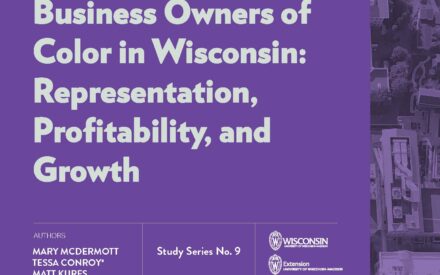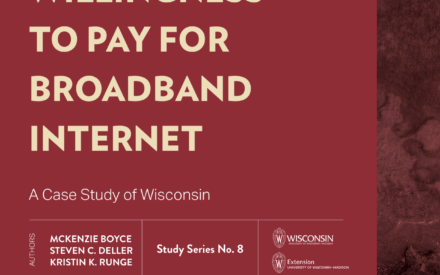July 2021
The Federal Reserve Bank of Cleveland’s research analyst Kristen Tauber and economist Willem Van Zenweghe recently noted that consumer purchases of durable goods have increased during the COVID-19 pandemic. Durable goods — such as refrigerators, cars, or televisions – are goods that do not wear out quickly.
Increases in disposable income during the pandemic accounted for about half of spending on durable goods. Total disposable income rose by about $1.8 trillion in 2020 as compared to 2019, with about $957 billion of the increase attributed to fiscal policy to stimulate the economy. Indeed, there were sharp increases in consumer spending on durable goods after each round of stimulus payments in April/May 2020, January 2021, and March/April 2021 that seem to support this observation.
In order to measure the effect of increased income on consumer spending on durable goods, Tauber and Van Zenweghe calculated the marginal propensity to consume (MPC). The MPC for durable goods is a statistic that estimates an increase in spending on durable goods for every $1 increase in income. An MPC of 0.05 for durable goods would indicate that a one dollar increase in income resulted in a corresponding increase of 5 cents in consumer spending on durable goods.
During the COVID-19 pandemic, what was the MPC for durable goods?
A. 1.00
B. 0.85
C. 0.33
D. 0.66
ANSWER
Answer D. Tauber and Van Zenweghe estimate that for every $1 increase in income there was a corresponding increase of 60 cents in spending on durable goods.
Source:
Tauber, K., & Van Zenweghe, W. (7 July 2021). Why has durable goods spending been so strong during the COVID-19 pandemic? Via https://www.clevelandfed.org/en/newsroom-and-events/publications/economic-commentary/2021-economic-commentaries/ec-202116-durable-goods-spending-during-covid19-pandemic.aspx

















